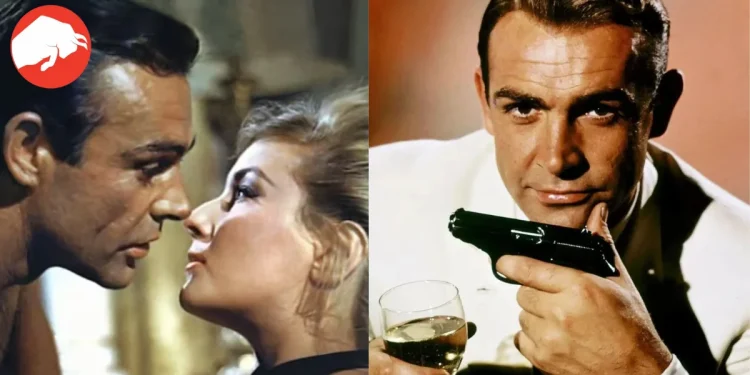James Bond, the quintessential British secret agent, is a character that has evolved significantly over the franchise’s six-decade run. While the series is known for its thrilling action, exotic locales, and charismatic lead, it’s also a reflection of changing societal attitudes. Through the years, many moments in the James Bond films, originally seen as edgy or daring, now appear inappropriate or outdated to a 21st-century audience.
The Controversial Dance in ‘Thunderball’
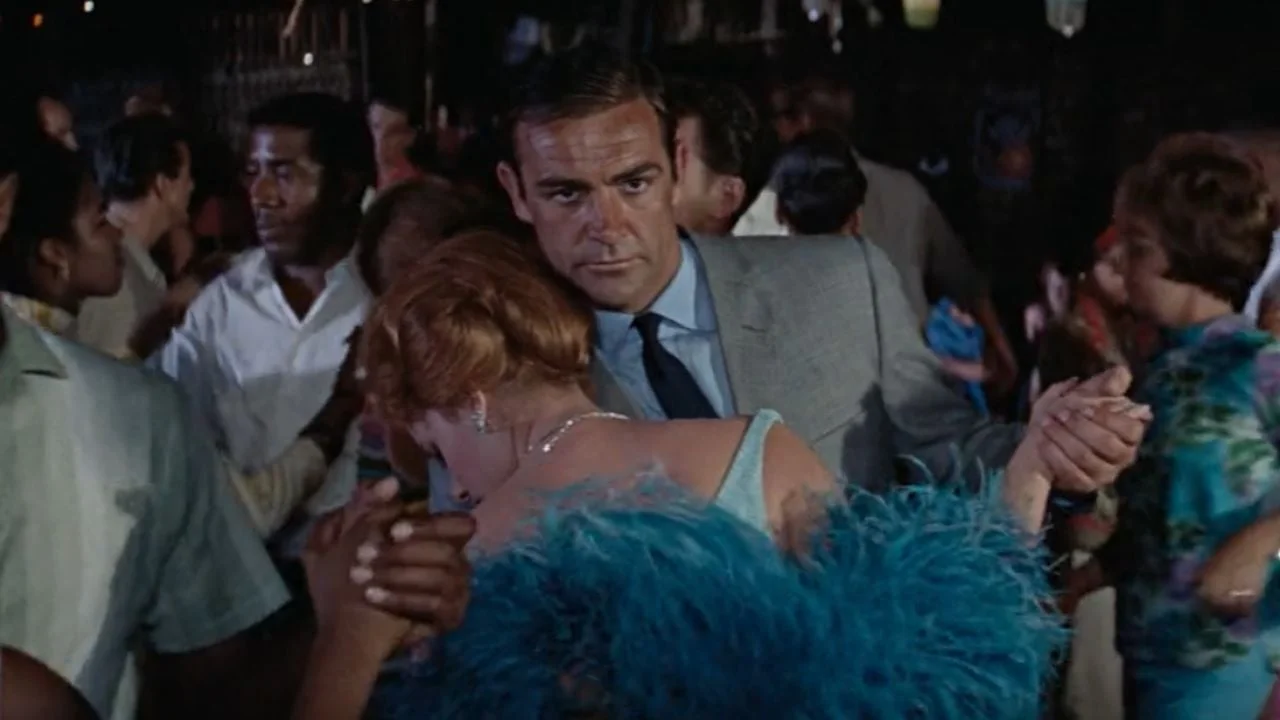
In “Thunderball” (1965), a scene where James Bond, played by Roger Moore, dances with assassin Fiona Volpe (Luciana Paluzz) turned controversial when Bond uses her as a human shield. The subsequent actions of Bond, dancing with Volpe’s lifeless body and then casually leaving her with an unsuspecting couple, showcase a treatment of female characters that wouldn’t align with modern cinematic standards.
‘Diamonds Are Forever’: Bond’s Questionable Actions
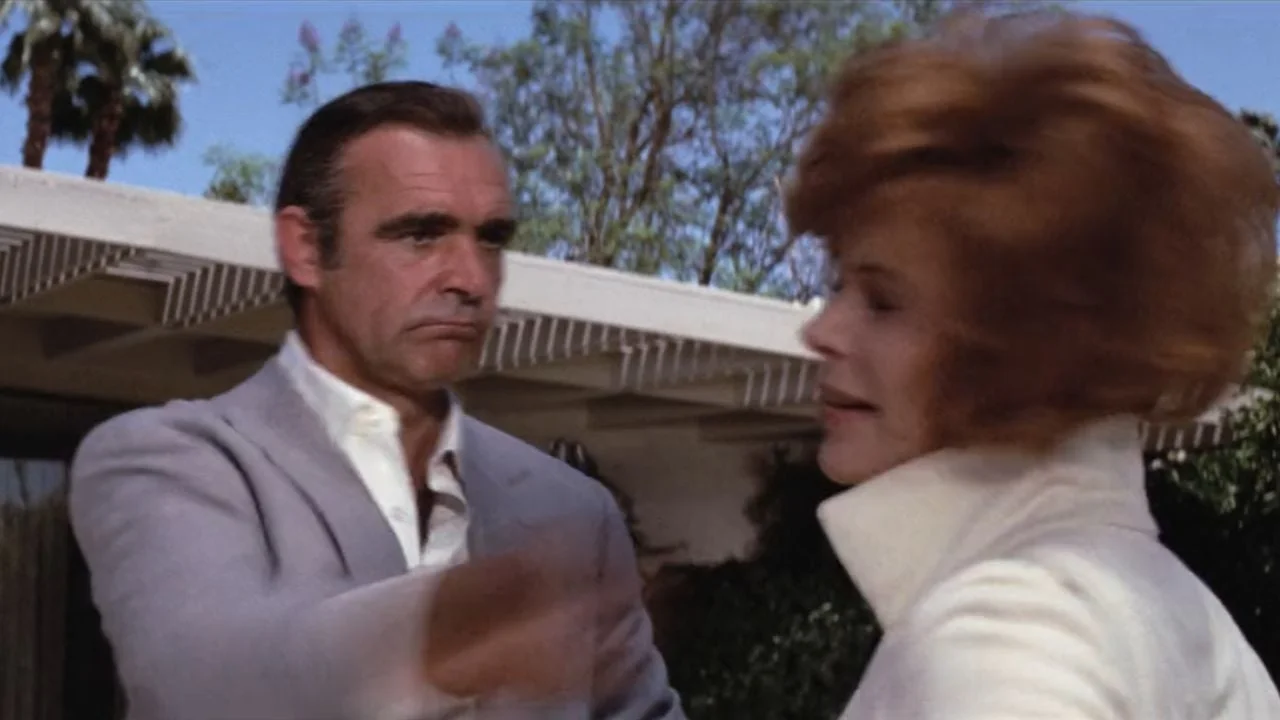
Sean Connery’s portrayal of James Bond in “Diamonds Are Forever” (1971) includes a scene where Bond hits Tiffany Case (Jill St. John) across the face. This depiction of violence, especially towards a woman who merely questioned Bond’s authority, is starkly uncomfortable from a contemporary viewpoint. The scene is a jarring reminder of how societal norms have shifted in terms of depicting relationships and power dynamics on screen.
Xenophobia in ‘You Only Live Twice’
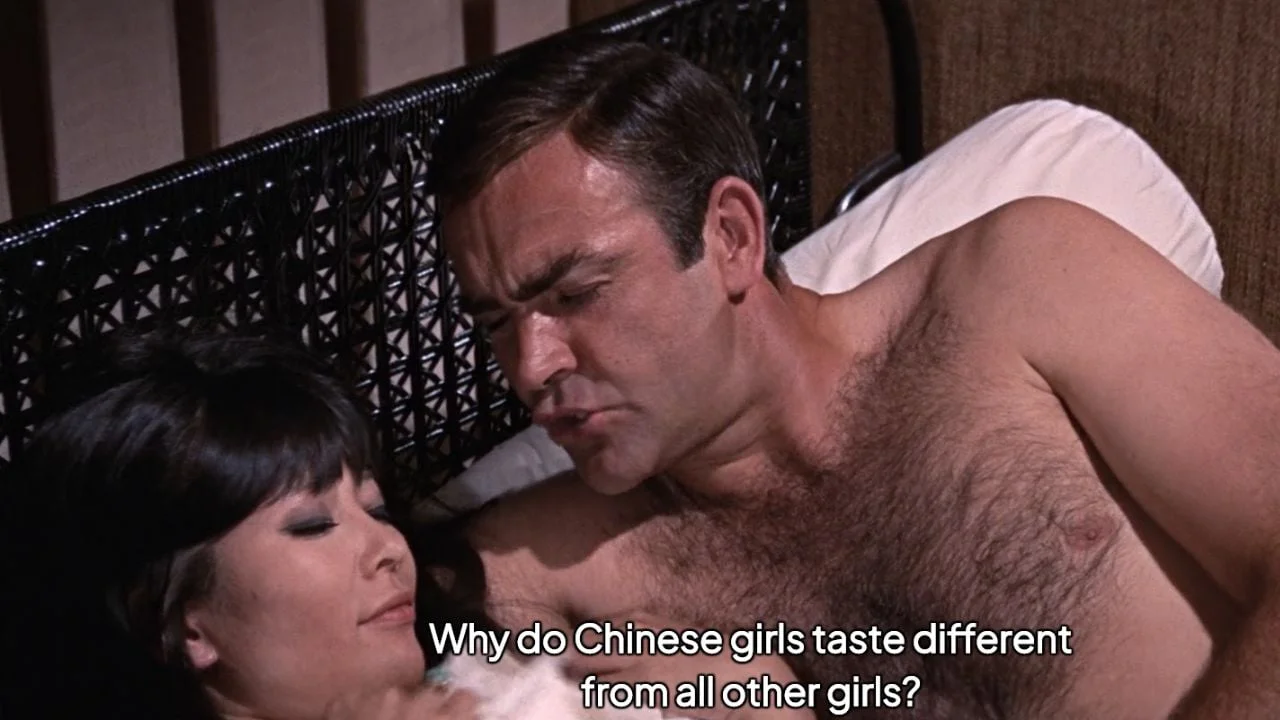
The Bond franchise, including “You Only Live Twice” (1967), has frequently faced criticism for its xenophobic overtones, particularly towards Asian characters. An instance where Bond, lying in bed with Ling (Tsai Chin), makes a crass comparison between Chinese women and Peking duck, reflects a tone-deaf approach to racial and cultural sensitivities.
Sexism in ‘Goldfinger’
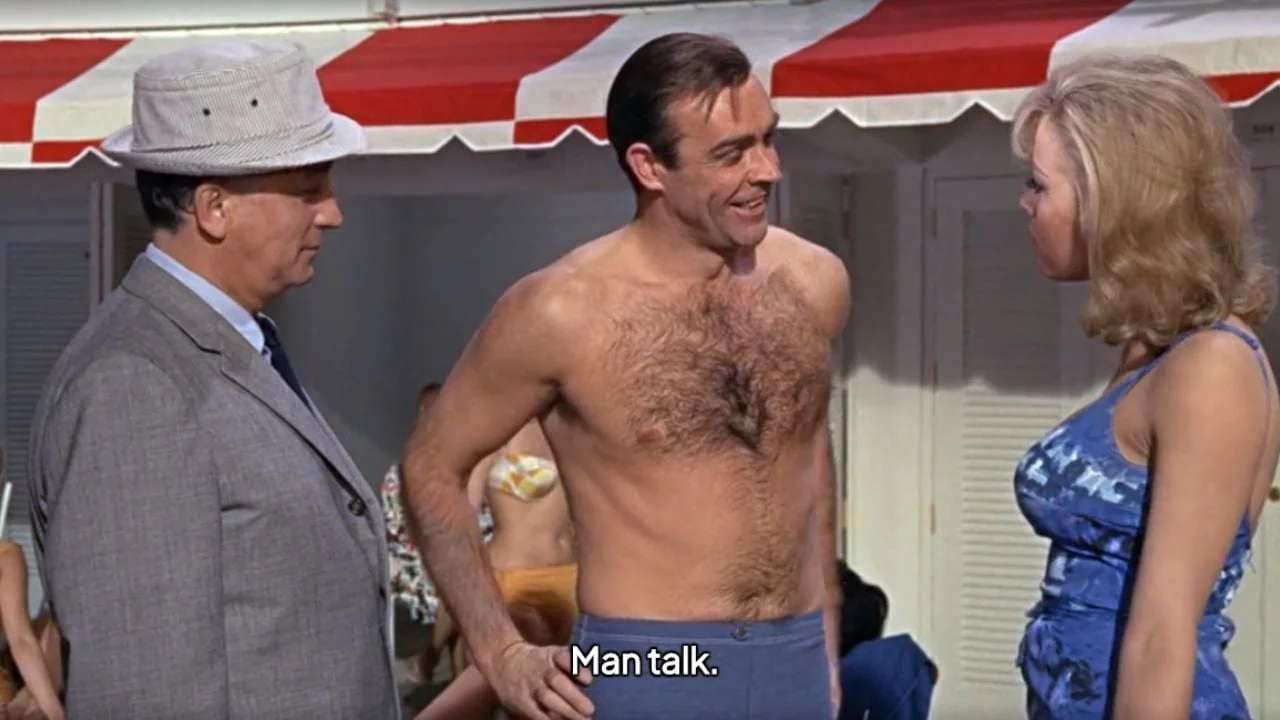
A sexist moment is evident in “Goldfinger” (1964) when Sean Connery’s Bond dismisses a female companion with a condescending comment and a pat on the rear end. This scene typifies the era’s attitude towards women but feels glaringly out of place in today’s context, where respect and equality are paramount.
Gender Stereotypes in ‘Moonraker’
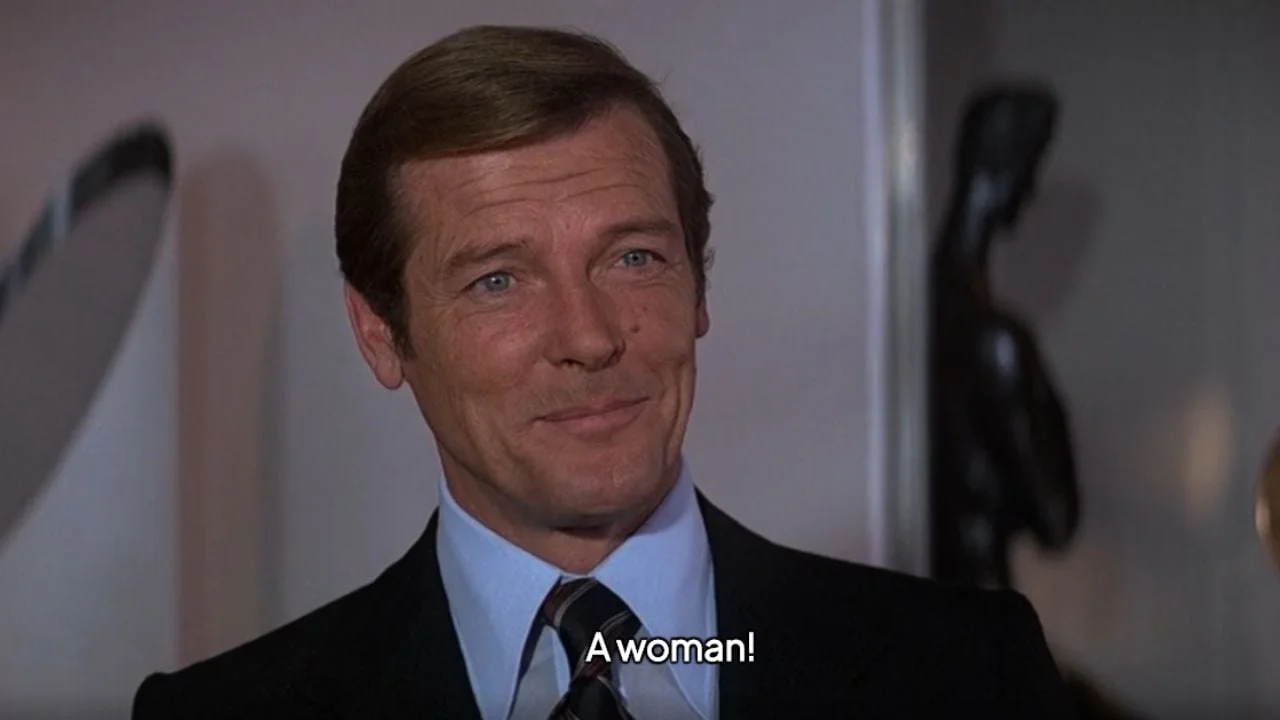
“Moonraker” (1979) presents a scene where Bond is surprised to meet Dr. Goodhead (Lois Chiles) and learns she’s a woman. Roger Moore’s Bond expresses this surprise with a smirk, which, while meant to be charming, highlights the gender stereotypes prevalent at the time.
Questionable Behavior in ‘The Living Daylights’
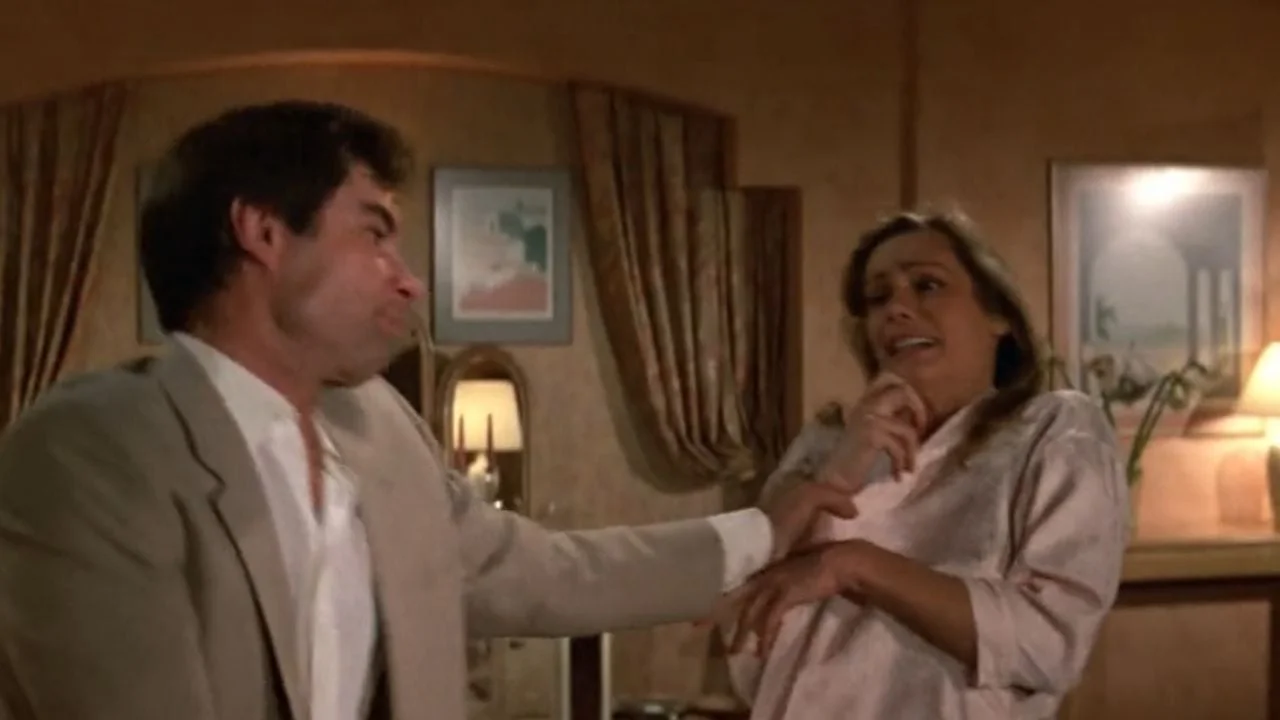
In “The Living Daylights” (1987), Timothy Dalton’s Bond embarrasses and humiliates a woman, stripping her to distract an attacker. Though the scene lacks the typical inappropriate comments associated with Bond, the treatment of the woman is uncomfortably demeaning.
Domestic Violence in ‘On Her Majesty’s Secret Service’
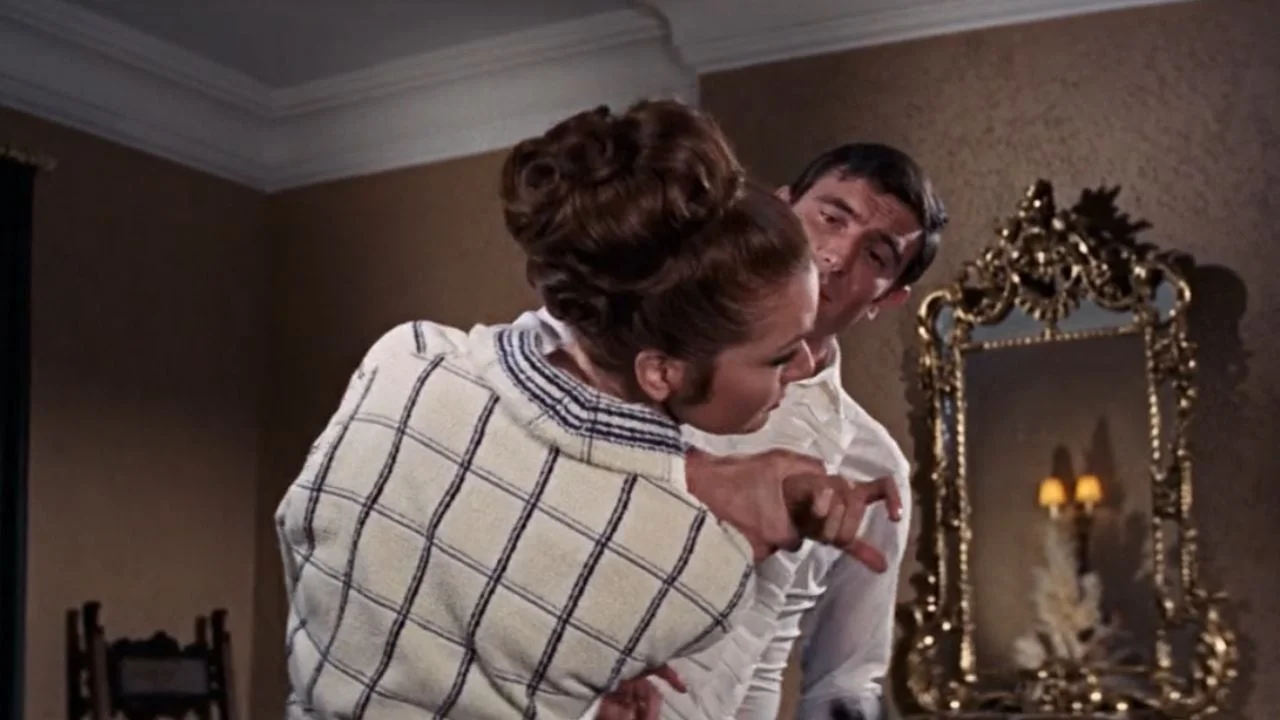
George Lazenby’s Bond in “On Her Majesty’s Secret Service” (1969) strikes his wife, Tracy (Diana Rigg). The scene, and the film’s overall treatment of Tracy’s mental health issues, are portrayed insensitively, failing to address the seriousness of such topics in the context of a romantic subplot.
The Misrepresentation of Nick Nack in ‘The Man With The Golden Gun’
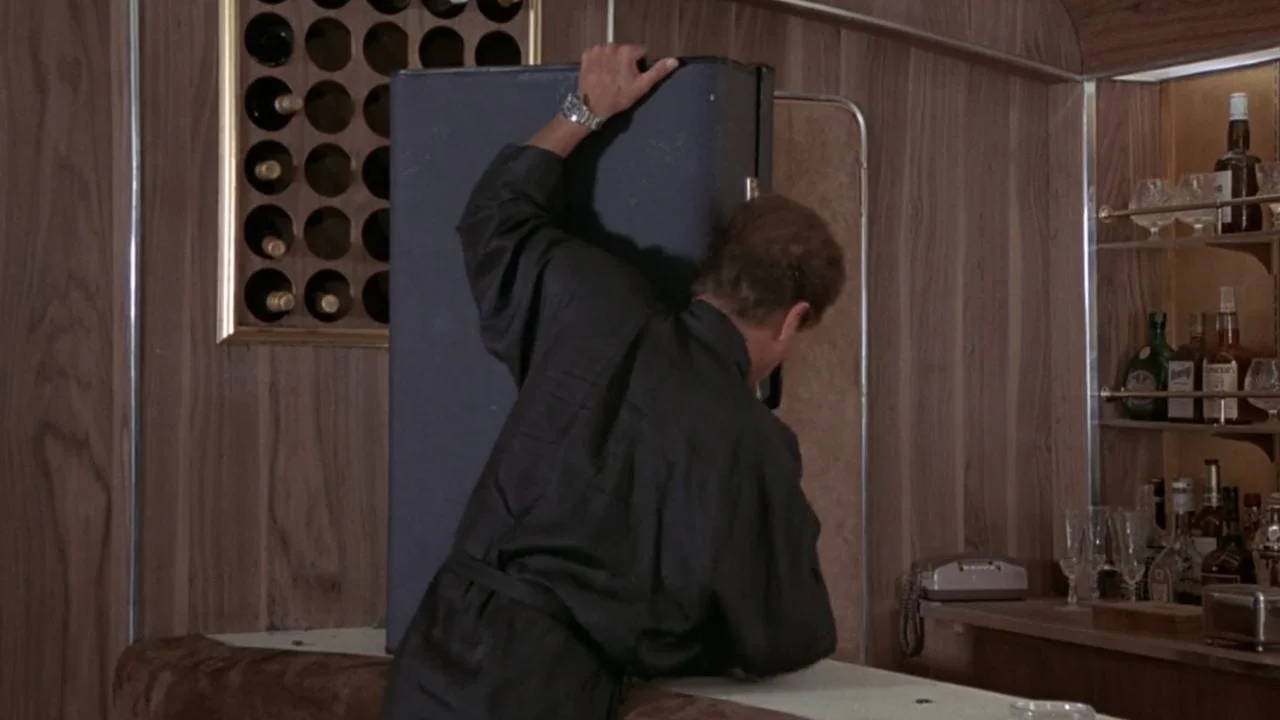
In “The Man with the Golden Gun” (1974), the character Nick Nack (Hervé Villechaize) is used more for comic relief than as a serious threat, with many jokes made at the expense of his stature. This portrayal reflects a lack of sensitivity towards people with different body types, a norm that would be challenged in modern cinema.
Cultural Insensitivity in ‘Die Another Day’
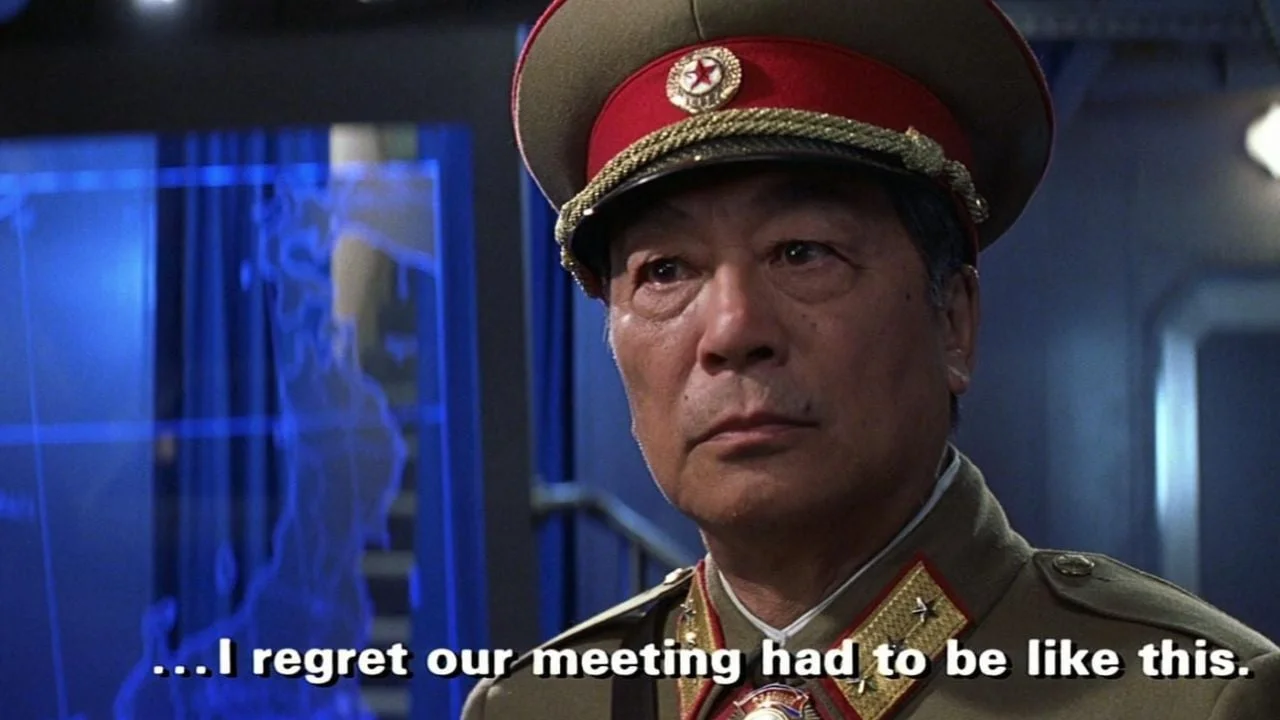
“Die Another Day” (2002) faced backlash for its portrayal of North and South Korea, with accusations of cultural inaccuracies and insensitivity. Additionally, a scene set in a Buddhist temple, used as a backdrop for a romantic liaison, was seen as disrespectful.
Racial Dynamics in ‘Dr. No’
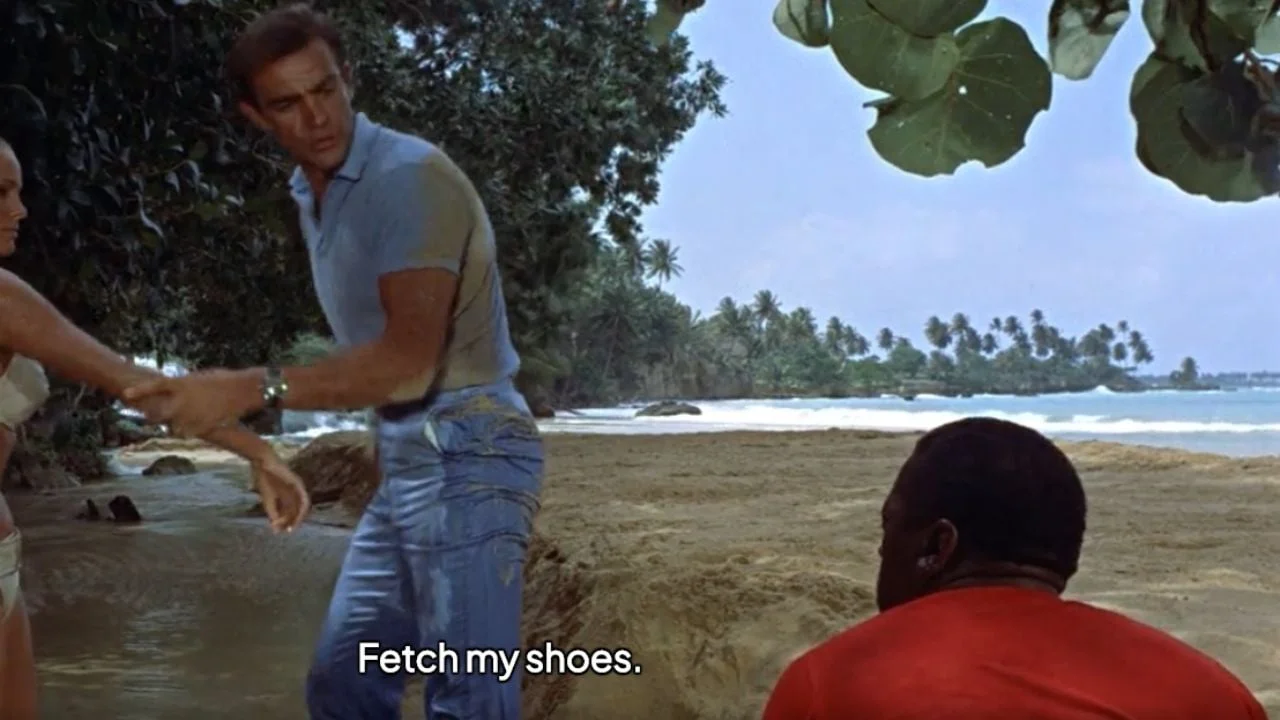
In “Dr. No” (1962), the dynamic between Bond and his Caribbean contact Quarrel (John Kitzmiller) is awkward, especially considering the film’s release coincided with Jamaica’s independence from the UK. The relationship, characterized by Bond’s commanding demeanor, reflects a colonial mindset that’s uncomfortable to watch today.
Manipulation in ‘Live and Let Die’
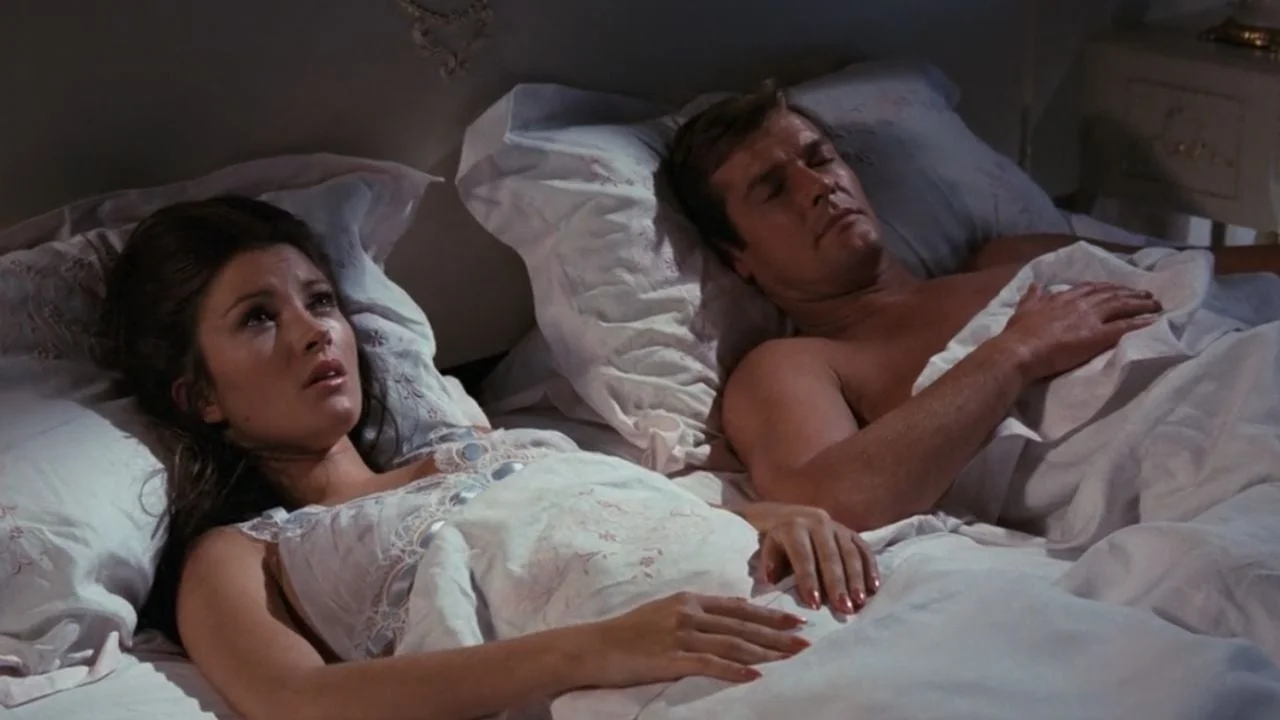
Roger Moore’s Bond in “Live and Let Die” (1973) manipulates Solitaire (Jane Seymour), a young woman, using her beliefs against her. This scene, where Bond tricks her into spending the night with him, is a stark example of the misuse of power and manipulation in romantic pursuits.
Misogyny in ‘Goldfinger’
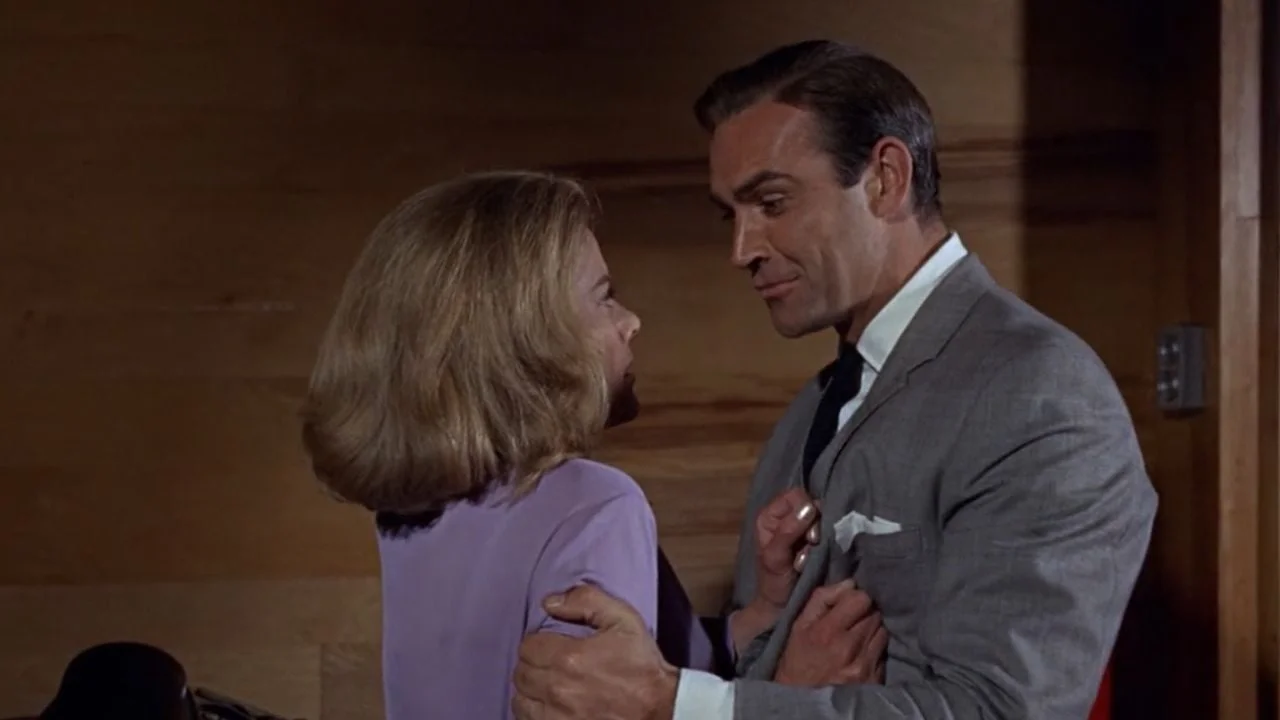
In “Goldfinger,” Bond’s treatment of Ms. Galore (Honor Blackman) crosses the line of consent. The scene, which suggests Bond can change Ms. Galore’s sexual orientation, is problematic, especially in its portrayal of non-consensual advances as ultimately welcome.
Racial Stereotypes in ‘Live and Let Die’
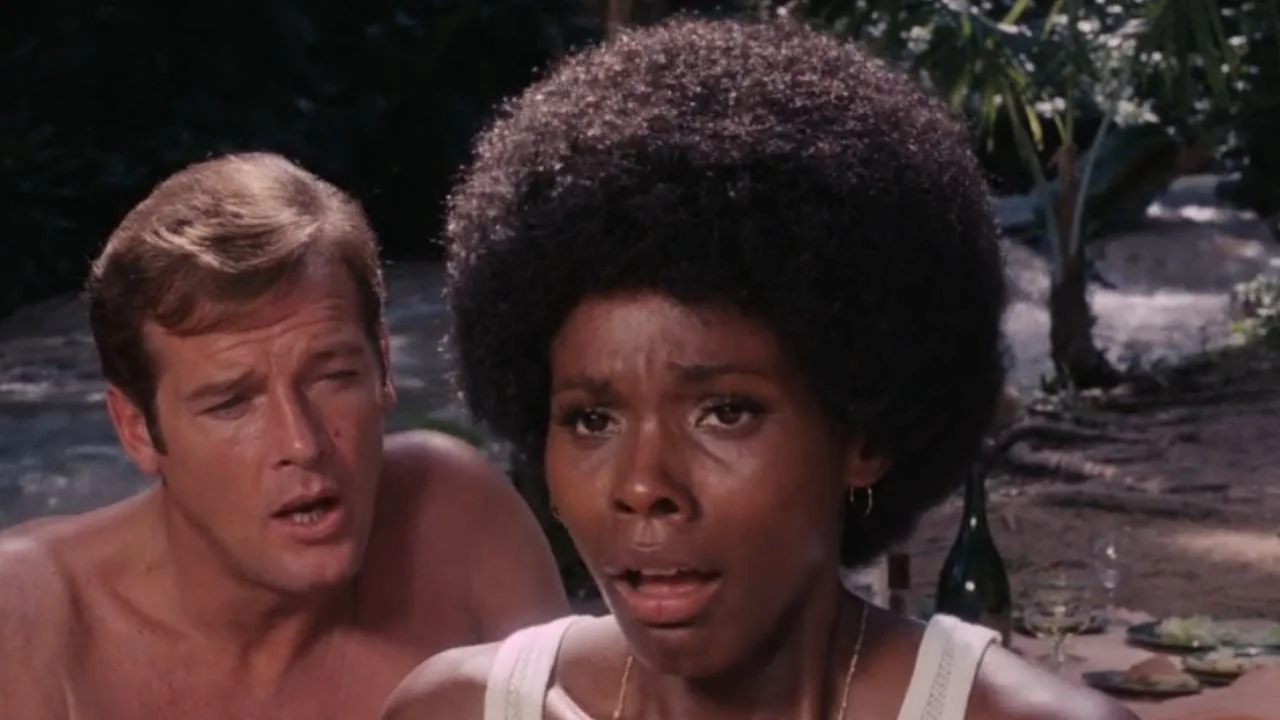
“Live and Let Die” uses Blaxploitation tropes, depicting African Americans and Caribbean cultures in stereotypical and often derogatory ways. The film’s portrayal of these communities contrasts sharply with the empowerment goals of the Blaxploitation genre.
Racial Disguise in ‘You Only Live Twice’
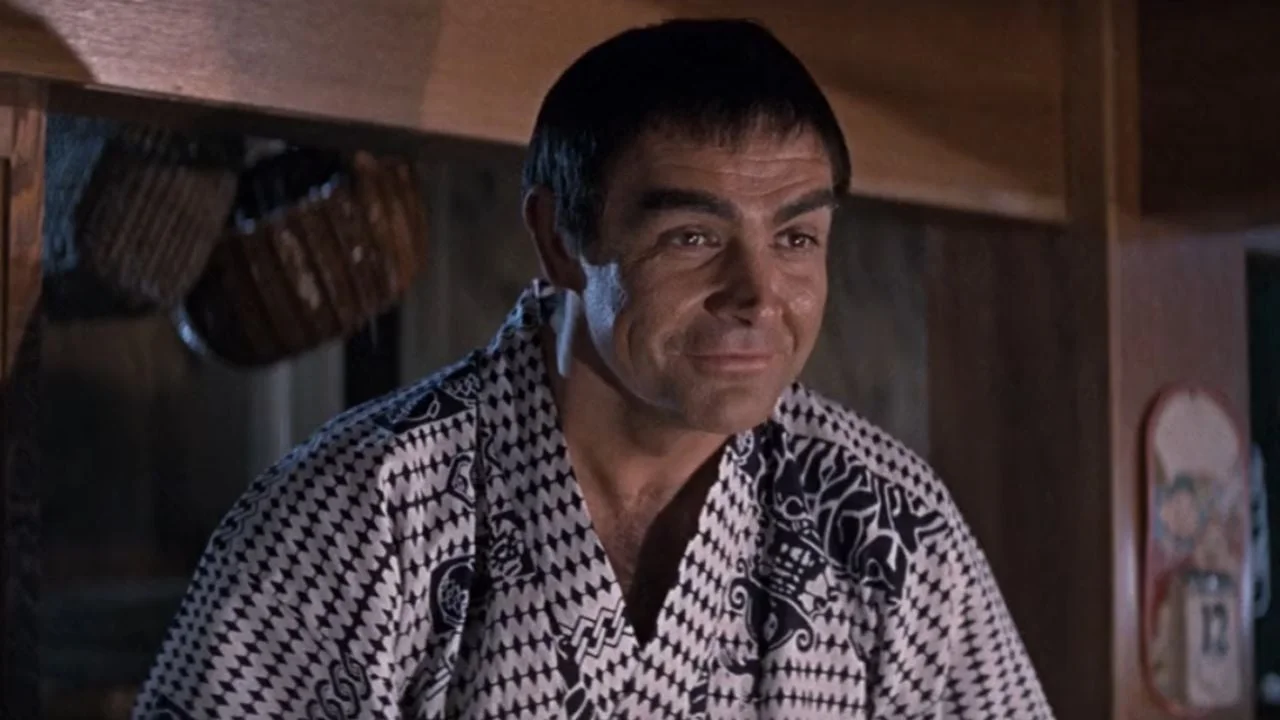
In “You Only Live Twice” (1967), Bond’s disguise as a Japanese villager, involving face paint and eye taping, is a clear example of racial insensitivity. This portrayal would be considered highly inappropriate in modern cinema, reflecting a lack of awareness of cultural appropriation and racial stereotypes.
The James Bond franchise is a cinematic legend, but its evolution reflects the changing tides of societal norms and attitudes. While earlier films in the series contain moments that are now seen as inappropriate, the franchise has gradually adapted, embracing more progressive and respectful portrayals. This shift not only marks an improvement in the series but also mirrors the broader evolution of societal values over the past six decades.


